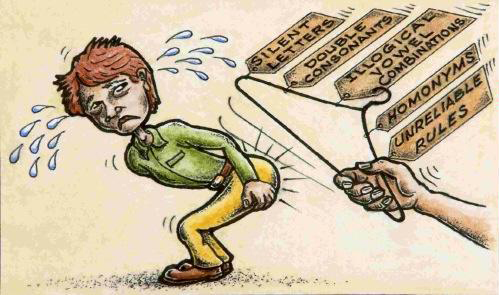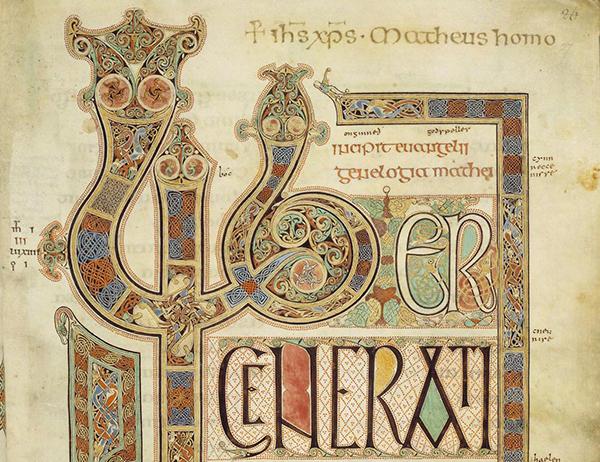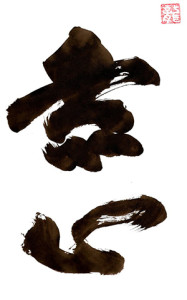We’ve talked before about the relationship between writing and speech, and today I want to discuss one contemporary example in particular: my last name.
Is my last name—or any last name—its spelling, or its pronunciation?
The spelling Gorichanaz has stayed stable over the past few generations, although it was originally spelled Goričanec. The pronunciation, on the other hand, has changed plenty. I believe when I was little, I pronounced it [goɹ-ʃan’-əs]. My parents must have said it this way, and the friends I made early in my life still pronounce it that way. But somewhere along the line I changed my pronunciation, relaxing that final s into a voiced z, and usually flattening the initial vowel o into another schwa, as in the first syllable of Gertrude. The pronunciations used today by my other family members run the gamut: [goɹ-ʃan’-əs], [goɹ-ʃan’-əz], [goɹ-ʧan’-əz]… Not to mention, the original pronunciation of my last name, back in its Goričanec days, was [go-ri-ʧa’-neʦ]. Predictably, I also find myself modulating my pronunciation when I know someone is trying to match up what I say with its written counterpart; in those cases, I pronounce it as phonetically as possible: [gor-ɪ-ʧan’-əz].
To repeat the question, is my last name one of these sound combinations, or is it indeed the string of letter Gorichanaz? In the case of other words, we typically assume the “real” word is its pronunciation. With a word like comfortable, for example, where the pronunciation doesn’t quite match up with the spelling, we’d say probably the “real” word is [kʌmf’-tər-bəl], rather than the pedantic (but admittedly still recognizable) [kʌm’-for-tə-bəl].
What, then, of the written version? Say you come across a word like nychthemeron, which, though English, has no corresponding pronunciation in your lexicon. Is it not a word? Perhaps, given the give-and-take relationship between spelling and writing, we should conclude that true words are more primordial than both speech and writing. After all, it is the idea behind the word that motivates its manifestation in the first place.


